Timing the Trade with Technical Analysis – The question in every trader’s mind is: Just when and where should I pull the trigger? Technical analysis supplies the tools for answering that question, but there is no single answer.

There is no SINGLE TECHNICAL INDICATOR that can be exclusively relied on to produce winning outcomes because the markets are too complex.
No one, to date, has produced a consistently reliable technical trading system for any market, let alone forex.
This is because technical indicators can never capture all of the variables that influence price movements.
Financial mathematicians, known as “quants,” try to come up with algorithms (equations) that improve predictive ability, and they get millions of dollars to try.
They’ve tried every conceivable methodology, such as Fourier analysis, wavelets, and neural networks, to try to gain even the smallest increment of predictive value.
Yet none can replace the seasoned EXPERIENCED TRADER.
The reason should be obvious—technical analysis provides a snapshot of market moves that have already occurred.
The resulting snapshot is a picture that is always lagging and limited in resolution.
In contrast, the smart trader has evolved a successful mixture of analytical tools that sense repeatable patterns in the market.
Yet technical analysis is not without its value.
Technical analysis of chart movements, when used correctly, can improve trading, not by predicting but by providing a “map” revealing important aspects of what the price has been doing and how it got there.
Technical analysis can help sort out the “noise” of price movements and reveal patterns that can be traded with a high probability of success.
The forex trader’s main challenge is to use technical analysis of charts to achieve actionable “knowledge” of market conditions.

Whatever analysis techniques are used, the single most important question that the forex trader has to ask and answer is:
Where is my next trade…?
By asking this question, the trader prioritizes information and analysis and separates what is useful from what is not.
For example, the forex industry is filled with a great deal of information flow.
We might even call it information overload.
Traders have numerous chat rooms to visit; there are numbers of news feeds pushing the latest headlines to the trader.
Blogs have added to the noise as well.
Every forex firm seeks to gain a competitive edge by providing the latest “analysis” of market conditions.
The challenge is to pull the information that helps shape your next trade.
Becoming a forex trader is not an instant process—it’s an evolution.
Beginners to forex do not even know what they need to know.
Trades are put on without a plan, and beginning trades are really trial-and-error experiments.
Winning trades occur but don’t seem repeatable.
The beginning forex trader experiences the market but doesn’t leverage his knowledge.
At this early stage, the exposure to quick and large losses usually wipes out the trader within the first month of trading.
The second stage of the evolution of a forex trader is the discovery of indicators and technical analysis. At this stage, the trader tends to use too many indicators.
The trading results are not much better, but this stage is characterized by hunting trades. The trader overtrades due to a desire to put on trades as often as possible.
The final stage in the evolution of a forex trader occurs when the trader has sharpened his tools and has acquired an ability to let the market come to him.
This is achieved when knowledge and experience combine.
While the biblical adage that there is no wisdom without pain still rings true, much of the pain that new traders experience in unnecessary losses can be avoided.
The best traders in the world lose perhaps 40 percent of the time but are still able to become profitable.
How does one evolve to his or her level of maximum forex competence…?
While everyone cannot become a master trader, everyone has the capability of raising their level of competence.
Competence is the ability to apply forex knowledge with consistently profitable results.
Therefore,
…the purpose of technical analysis is to help the trader shape a trade that offers a high probable profit within acceptable levels of risk.
The process of becoming competent in forex trading started with understanding what forces move forex prices.
It continues with understanding how to map the market.
Let’s start…!


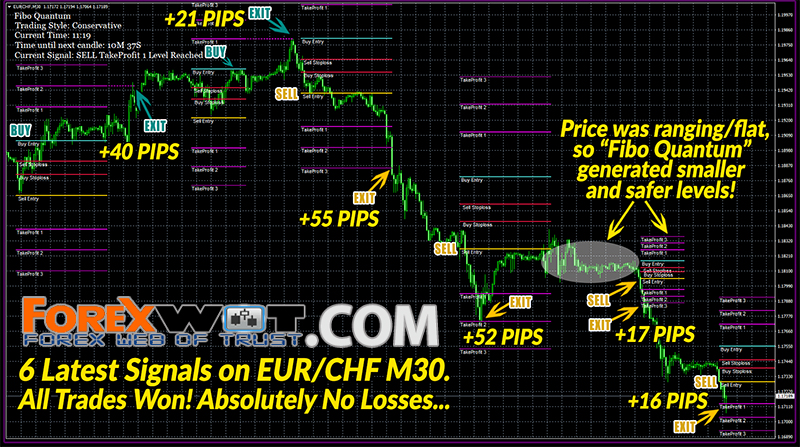

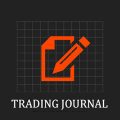
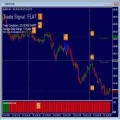
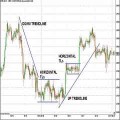
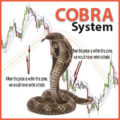
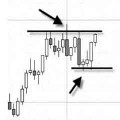
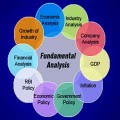
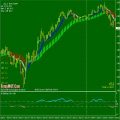
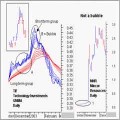
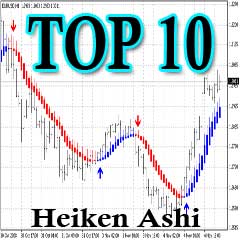
I Like ,Best Web , Useful in Forex Trading…
Thanks, Chintamani…. Glad to know this still might be helpful.